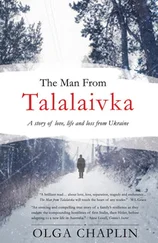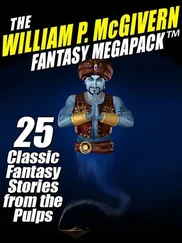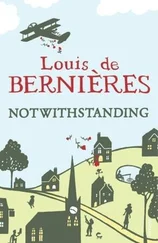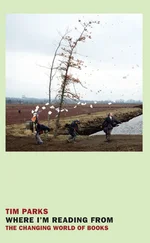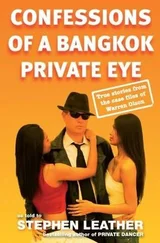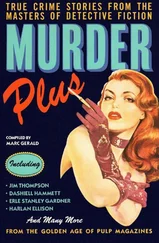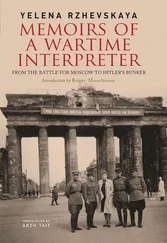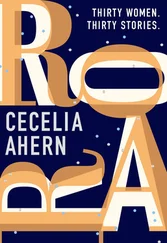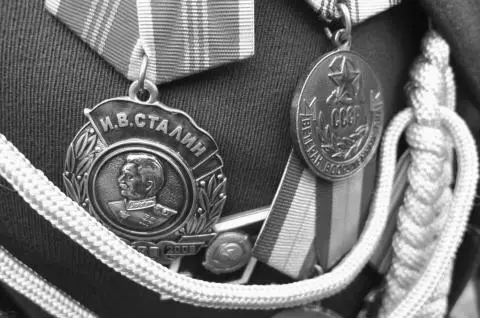
A Stalin medal on the breast of a veteran, on Victory Day. Sloviansk, May 2014.
After this settlers from less fertile Oryol, in Russia, were brought to repopulate the village. First the men had to clear the corpses with pitchforks and then the women were brought to clean and whitewash the walls. Whatever they did could not get rid of the smell of the dead though, so they left to return to Oryol, but in many other places demography was changed like this, a legacy with which Ukraine lives today. At the end of the chapter Anna remembers the life of the village: “There had been love. Wives leaving husbands, and daughters getting married. People had drunken fights, and they had had friends and family to stay.” The children had gone to school, she recalls, people had sung songs and when the mobile cinema came they had gone to see a film.
And nothing remains of all that. Where can that life have gone? And that suffering, that terrible suffering? Can there really be nothing left? Is it really true that no one will be held to account for it all? That it will all just be forgotten without a trace?
Grass has grown over it.
How can this be?—I ask you.
The scale of the catastrophe was unparalleled, but Kiev’s Holodomor museum apart, the reticence about dealing with this part of history is nowhere better symbolized than in the city’s large national history museum, which devotes one single cabinet to the famine. An explanation on the wall in slightly shaky English reduces the deaths of millions to one sentence.
Industrialization brought up Ukraine to a new level of development. For a decade (1929–1938) hundreds of plants, factories, tens of power stations and mines had been constructed.
In 1929, the Bolshevik power had begun a mass collectivization of agriculture which was carried with forcible methods by a dispossession of kulaks and eviction of peasant families to the north and to Siberia. In 1932–1933, Ukraine went through the scourge of famine (Holodomor), which was artificially organized by the Soviet totalitarian regime and resulted in the deaths of millions of people.
The aims of cultural revolution were literacy campaign, development of national education, science, culture. In 1923 the policy of an Ukrainianization was brought in.
When I asked Olesia Stasiuk, the thirty-four-year-old director of the Holodomor museum, about Ukraine’s patchy memory of the famine, she told me the story of her mother. When she had begun researching the Holodomor her mother found out from her own mother that more than ten people in the family had died. Olesia’s mother had known nothing about it and when she asked her mother why she had never told her, she said, “Because it was a taboo subject and to protect you.” If she had mentioned the subject at school, then her parents, who worked in a kolkhoz in the Vinnitsa region, could easily have lost their jobs. The legacy of this Soviet-era denial is that it makes it easy now to persuade those who want to rehabilitate Stalin, who want to forget the reality of his regime, that, yes, while there were tough times as the USSR industrialized, it is not a subject really worth spending more than a sentence or two on.
5.
Pickling and Planting to Victory
Karapyshi is heartland Ukraine. The village is ninety minutes’ drive due south from Kiev. Everyone here speaks Ukrainian and feels Ukrainian and there is not a scintilla of doubt about who is right and who is wrong in this conflict. Galya Malchik, aged seventy, who wears a red headscarf and knitted waistcoat, told me that a local man with a truck asked people for help for soldiers on the front. He gathered jars of pickles, potatoes and salo , which is traditional Ukrainian salted pork fat. Galya wanted to help, but by the time she got there, he had already filled his truck and left. So, she said, “I gave money when they were buying underwear for soldiers.” During the Maidan revolution period many, especially young people and teachers, went at weekends to join the protesters and, said Galya, “our neighbor collected food to send to the Maidan.”
Valentina Trotsenko teaches Ukrainian at the local school and is also the curator of the village museum. When I asked her what people would do if the conflict continued, she replied, “Well, as people say: ‘We will pickle and plant more.’” Referring to the devaluation of the hryvnia since the beginning of the Maidan revolution, she said stoically: “Half my salary has gone. I go to the supermarket and realize that I can get only a couple of kilos of sugar and cereal for porridge now, so I will have to grow the rest. But I don’t consider it a catastrophe. It is just life, and how it teaches us to save.”
As the crow flies Karapyshi lies midway between Donetsk, proud of its Soviet heritage, and Lviv with its Galician, Austro-Hungarian and Ukrainian nationalist one. What makes Karapyshi quintessentially Ukrainian is that historically Ukrainians were villagers, while Russians and Russian-speakers, Jews and others tended to be the townspeople. It is a generalization of course, but basically true. Karapyshi sits in the middle of Ukraine, forty minutes’ drive from the mighty Dnieper River which physically divides the country, flowing from the north and out into the Black Sea. But more than that, it also sits squarely at the center of Ukraine’s modern history and experience. Its stories echo those of thousands of other villages and small towns.
Most of Karapyshi’s museum is frozen in aspic, remaining just as it was in the late Soviet period, with the last major addition being an exhibition celebrating those who had fought in Afghanistan. It has a bust of Taras Shevchenko (1814–61), who is considered one of Ukraine’s two national poets along with Ivan Franko (1856–1916). Next to Shevchenko are objects of ethnographic interest such as an old village loom, earthenware jugs and so on. The only concession to the post-Soviet period are sheets with the names of villagers deported to the Gulag during the era of collectivization in the 1930s. They have been printed on A4 paper and stuck over a stylized mural of Lenin leading a group of armed men and one woman to victory.
No one knows the origin of the name Karapyshi for sure, said Valentina, but there are two theories. One is that it means “black earth”— kara means black in Turkish and Turkic languages such as Tatar. Another theory is that it means “black small bread.” Village lore holds that the ancestors of the people of Karapyshi offered this to marauding Mongols in the thirteenth century in the hope that they would just pass by and not burn and pillage the village. In more modern times the village was part of the estate of a Polish noble family. As elsewhere in the Russian empire the serfs here were freed in 1861. A census of 1896 records that there were 6,326 peasants and 173 others. Many, but not all, of the others were Jews who had a synagogue. There were nineteen mills, thirteen shops, one hotel, two taverns and a well-developed market. Today, said mayor Sergiy Rudenko, as we walked around the museum, there are 3,100 inhabitants in the village, though in the 1960s there were up to 8,000. Many began to move away after that, either to Kiev or even just to nearby Mironovka, where there was more work because it was the regional center.
During the period of collectivization, 300 people deemed kurkuls , which is the Ukrainian word for kulaks , were arrested and deported. The war memorial records 485 confirmed dead during the Second World War, though more went missing or just never came back and their fate is unknown. In the cemetery there is a tall black crucifix which, said Sergiy, as we stood before it at dusk, marked the place where many who died in the Holodomor of 1932–33 were buried in a mass grave. The inscription at the base says “Eternal Glory to Those Who Died,” but it does not record how they died, why they died or how many died. Sergiy is unclear why this should be. Moreover there is no consensus about the number. Valentina believes it was around 2,400 but others think it was far fewer than this. There are no lists of names of those who died.
Читать дальше


